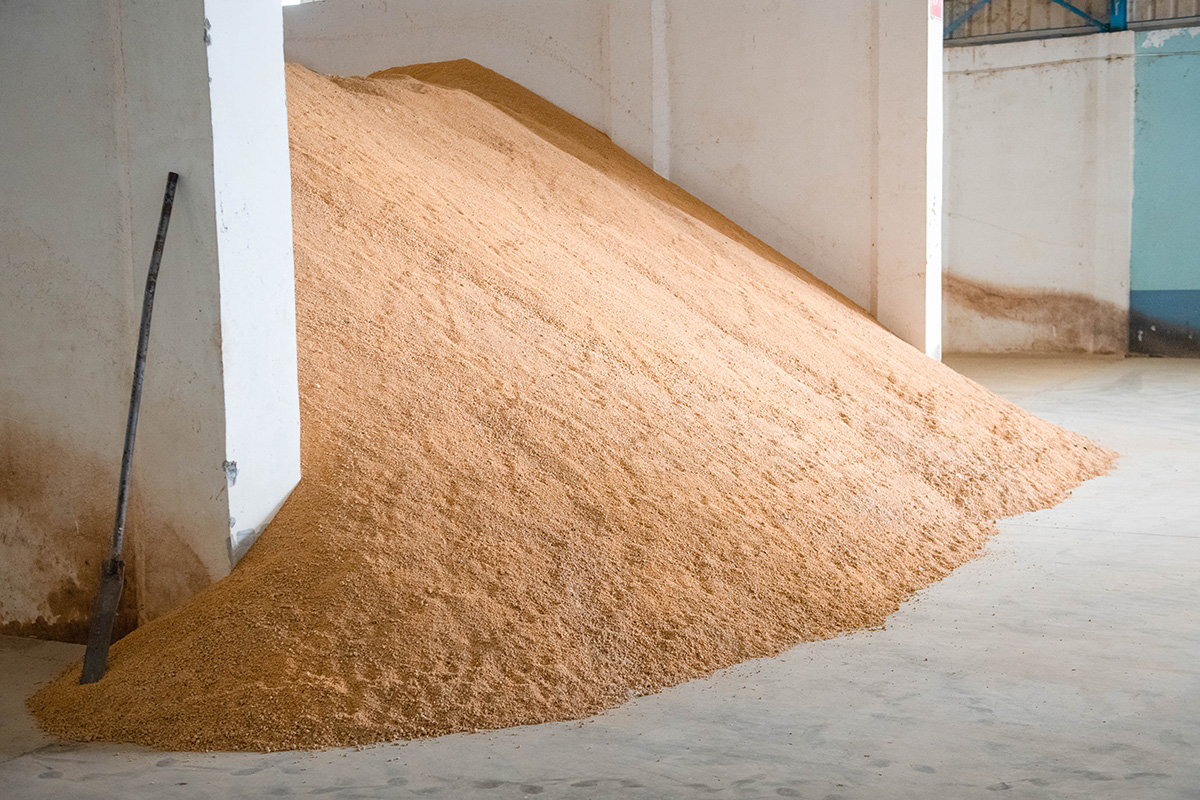
Photo: Iowa Soybean Association
Three soy market movers to watch in 2023
December 1, 2022 | Kriss Nelson
Relevant to markets today and looking toward the 2023 planting year, Mac Marshall, vice president of market intelligence with the United Soybean Board, says there are three topics to closely watch as potential market movers.
1. Crush
Iowa is watching the soybean crush market a little closer these days, with the announcement of the expansion of crush plants in Sergeant Bluff expected later in 2023 and Alta in 2024.
“As we look over the next five years, there have been announcements of crush capacity expanding by a third of existing volumes,” says Marshall. “As those plants come online, there will be even more nearby disappearance channels for Iowa soy. That is incredibly exciting.”
2. South America
The market and producers have their eyes on what the current crop in South America is looking like.
Marshall says planting has progressed for Brazil and Argentina; however, it appears to lag from last year and compared to five-year averages. Although there are large regions in Brazil that have not had ideal rainfall, that does not seem to affect their crop outlook.
“The overall expectation is Brazil will produce a record size crop which is a substantial rebound from last year,” says Marshall. “I think this is already getting priced into the market as you look into the futures curve.”
There are some concerns about whether the Argentine crop is progressing, but Marshall says to keep monitoring that in addition to Argentina’s export-oriented policies on tax levels and the "soy dollar" incentive program.
3. China
Over the last few weeks, Marshall says there have been flash sales of soybeans to China.
“China is our No. 1 overseas customer and the world’s largest soy consumer,” he says. “We have seen shifts over the last decade where they have been buying more Brazilian soybeans, making Brazil the top soy exporter to China.”
For the U.S. to remain competitive in the soy market, we have diversified our export program to maintain China’s critical market and be relevant to other global markets.
“That diversification has been and continues to be important in helping us get beyond the trade dispute from a couple of years ago,” says Marshall.
Questions are now revolving around the Chinese economy, including its zero-COVID policy.
“If there would be any backpedaling on that, it could open up elements of the Chinese economy which would be favorable for overall market demand conditions,” says Marshall.
A more significant concern for Marshall is what is happening with the Chinese housing sector, and the potential spillover effects to the broader economy, and the implications those bring for overall demand.
“We have seen the last couple of years, margins for downstream parts of the Chinese sector – particularly hogs and in soy crushing and processing, being weak or negative in many cases,” he says. “That has been a bit of a headwind on Chinese demand. That remains an open question, not to look just week to week but over the balance of the coming year. What will happen with the Chinese economy and the implications for overall demand?”
Considering these three potential market movers, what can producers do to navigate the marketing risks?
Marshall advises working with risk managers who can help build that forward contract strategy and balance what you are selling in the spot versus what you are selling in the futures market.
“Understand what is unfolding beyond our fences and beyond our domestic borders. Have those critical conservations and ask the right questions. Talk about what is unfolding in China and South America and what is happening domestically,” he says.
Back